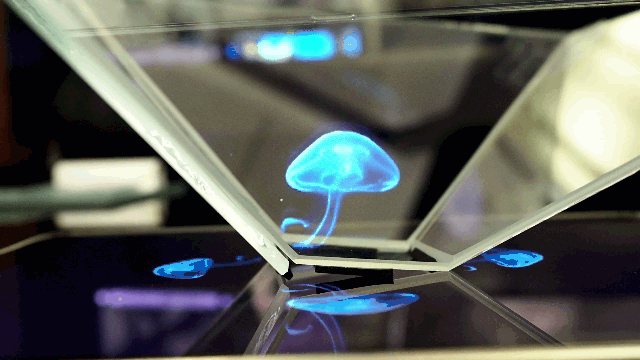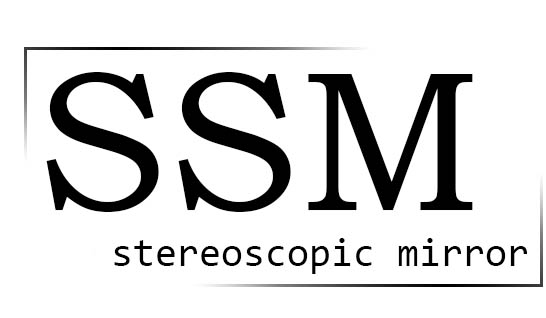Getting the cinematic experience of being “out of this world” is what modern day movie-goers crave. But how do movies achieve this magical effect? 3D movies have been around since the 1950’s but the technology involved to create them has become increasingly complex over the years. While many people are aware that two cameras are used, there is much more to the process than meets the eye. The use of the Stereoscopic mirror is essential, as well as the other mechanical tools producers use. In this article, we will delve into exploring the intricate and fascinating process behind creating these cutting-edge films. So, what is a 3D Stereoscopic Camera Rig?
What does Stereoscopic Mean?
Before we take a deep dive into the world of 3D, it is important to understand what it is exactly that we are demonstrating. So, what does “stereoscopic” even mean?

Stereoscopic refers to any technique of creating or enhancing the illusion of depth in an image by providing the viewer with two distinct perspectives of the same subject.
For example, take your finger and place it infront of your face. Slowly, move it closer and closer to the center of your eyes.
Do you see how your finger is more in focus and becoming more layered compared to everything else? But, your eyes are cross-eyed and the closer your finger gets the more cross-eyed you become? That’s similar to how a 3D Camera rig works. It uses two camera’s (just like how you’re using two eyes) to create multiple layers.
Below is a video from 3D Film Factory displaying how to record 3D with a split beam rig. The rig includes stereoscopic (aka Beamsplitter) glass to separate the camera angles.
3D Stereoscopic Camera Rig
3D recording is a very useful effect which has been used by producers for decades to create truly cinematic experiences. With modern technology, it has become much more difficult and expensive to produce 3D recordings as the equipment required is more involving and there needs to be more people available to operate the technology. However, the final product is absolutely worth it with filmmakers like James Cameron making great use of 3D recording when working on his movie Avatar 2: The Way of Water by using beamsplitter glass. This results in an incredible moviegoing experience.
How do you Create the 3D Effect for Wide Shot Areas?
The video above had a 3D rig that is commonly used for close-up shots. However, what do you do if you need something that is further away in 3D?
The 3D Film Factory shows us their side-by-side rig that can move from 6″-20″. This is essential in collecting footage that is 15+ feet away. Check out their 3D Stereoscopic Camera Rig!
Now that you understand the optics of stereoscopic, how do they get the two cameras to work together to display the same image? By using Stereoscopic glass!
What is a Stereoscopic Mirror?
A stereoscopic mirror, also known as a beamsplitter mirror, is an optical device used in stereo imaging (or 3D imaging) which splits an incoming beam of light into two separate beams. By doing this, it creates a 3-dimensional effect that adds an illusion of depth to a flat image. When viewing through the mirrors, our eyes perceive different perspectives between objects seen through the left and right eyes. This phenomenon provides us with binocular disparity and accommodation which allows us to perceive images in 3 dimensions.
Stereoscopic mirrors are commonly used for various applications such as virtual reality systems, surgical microscopes, satellite communication systems, range finding equipment and any other application where improved 3D visualization is needed. With a reasonably high magnitude ratio between its split images (defined as the ratio between magnifications of each split image), varying polarization angles and tilt angles can be adjusted depending on the project needs with easy precision control over both positions simultaneously. This wider range of capabilities makes them ideal in more demanding projects compared to other types of mirrors such as planar-birefringent mirrors or wire grid polarizers.
The benefits of using a stereoscopic mirror goes beyond its improved visualization capabilities — they are also highly efficient when it comes to cost savings by having two paths instead of one which minimizes hardware purchases while ensuring accurate results in their 3D display technology. Furthermore their ease of use making them easily set up compared to other components due to having no shutter blades or complex adjustments. Which is why directors use it for their 3D Stereoscopic Camera Rigs.
In conclusion, if you’re looking for enhanced visual features for any kind of optical engineering or scientific application then using a stereoscopic mirror could provide significant improvements to accuracy coupled with cost savings from minimizing hardware purchases without sacrificing quality assurance and at the same time being easy to use during setup time periods.

For more information about 3D Stereoscopic Camera Rigs, check out The Film Factory 3D Camera Rigs!
Article Author: Hannah
